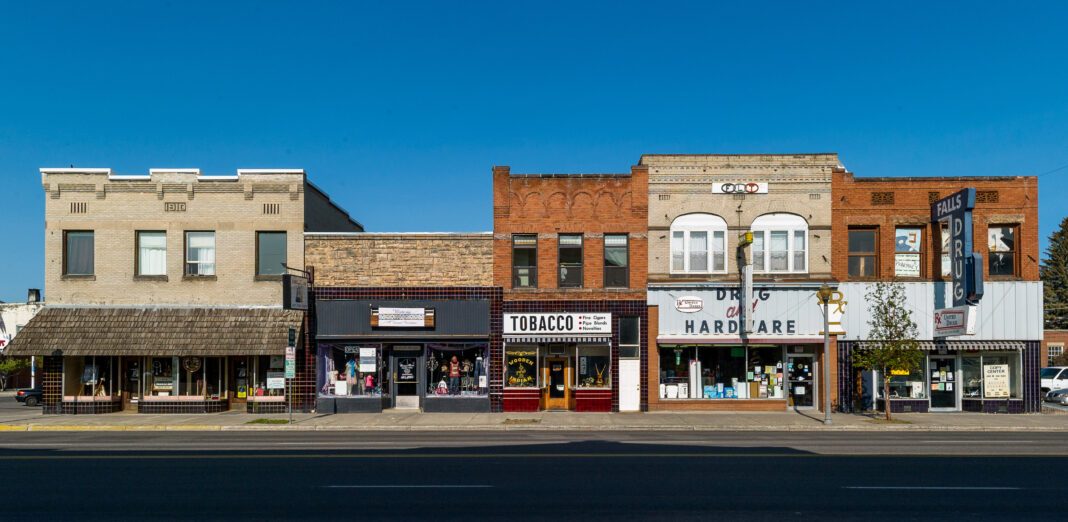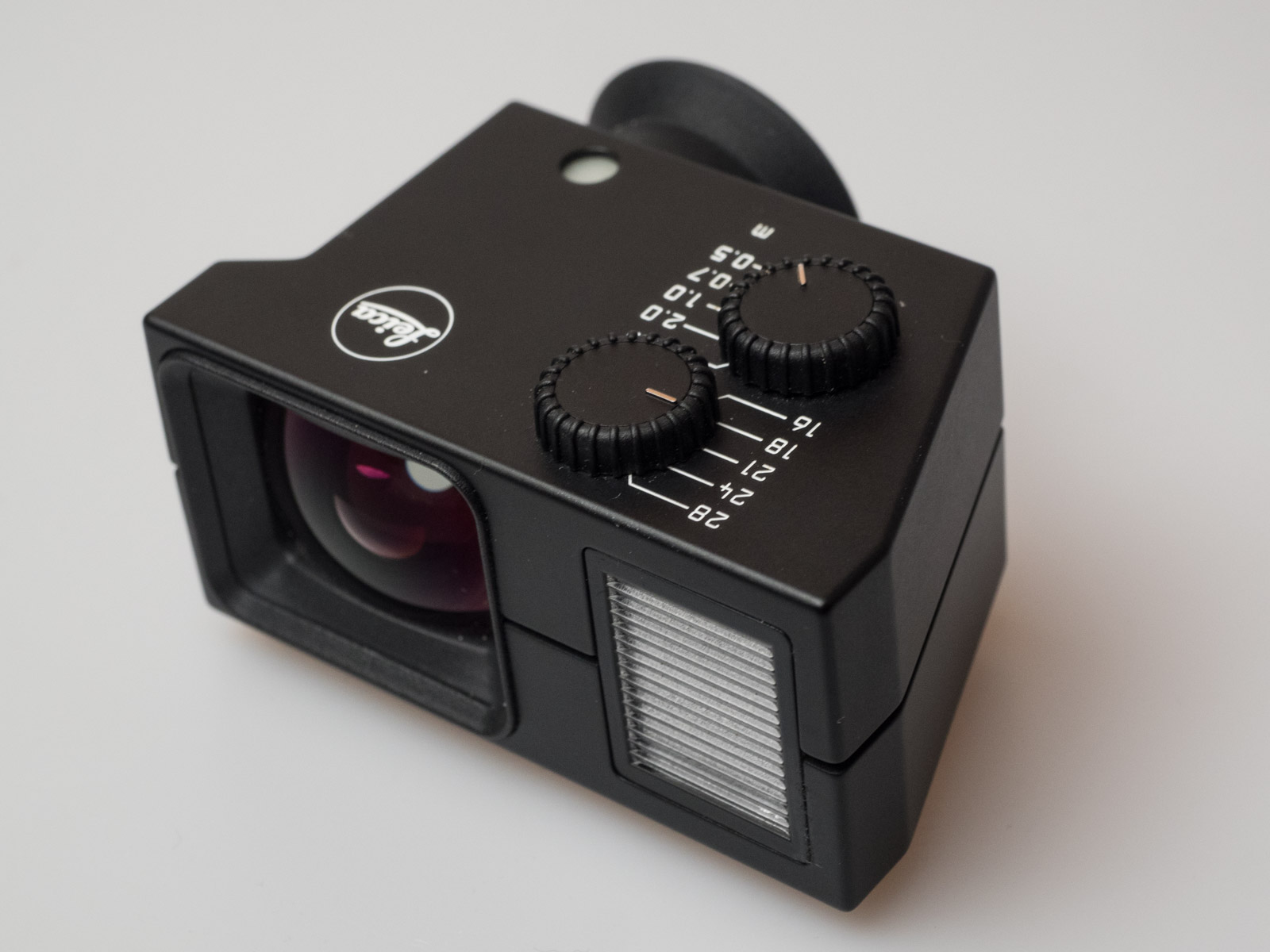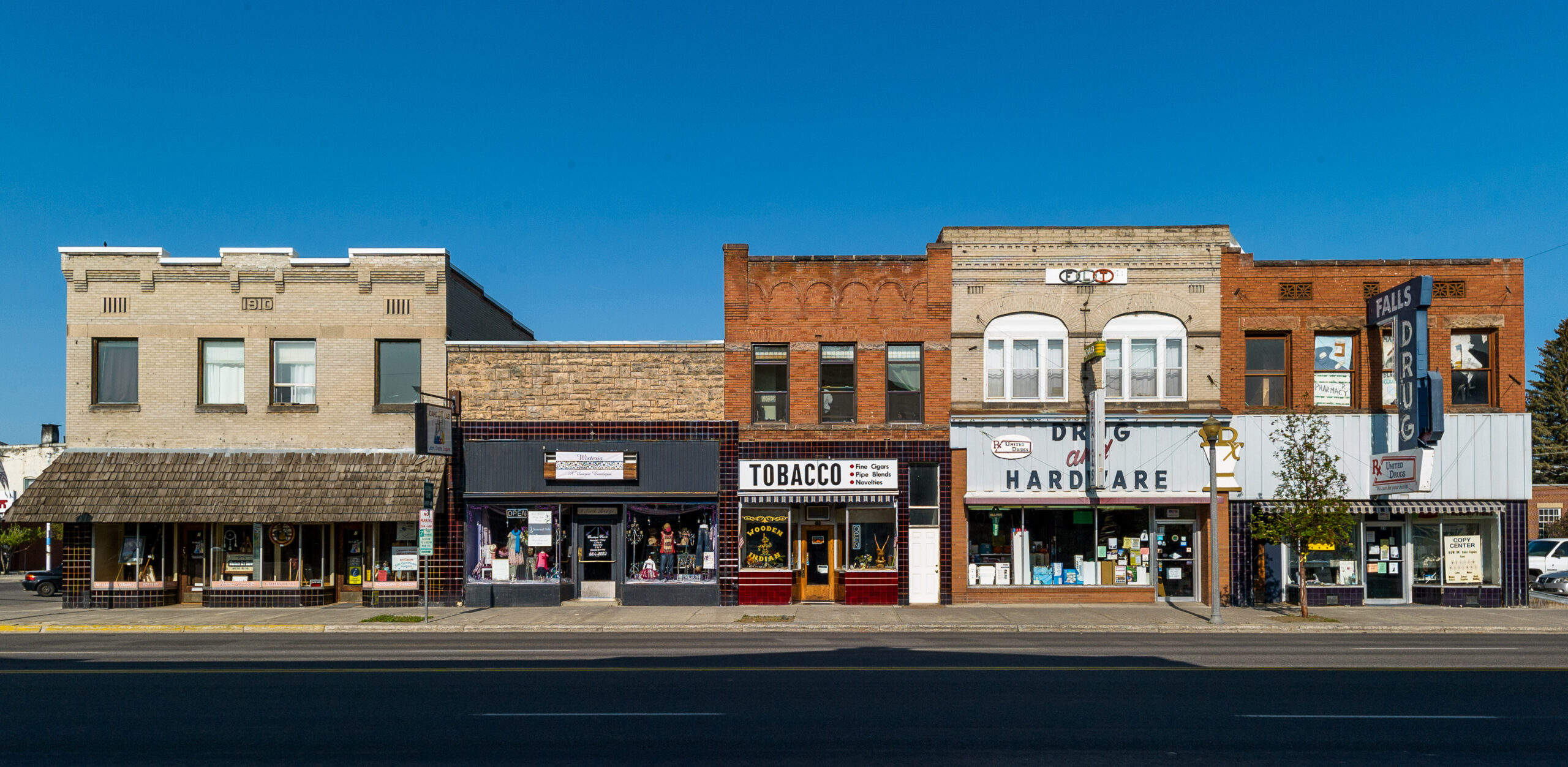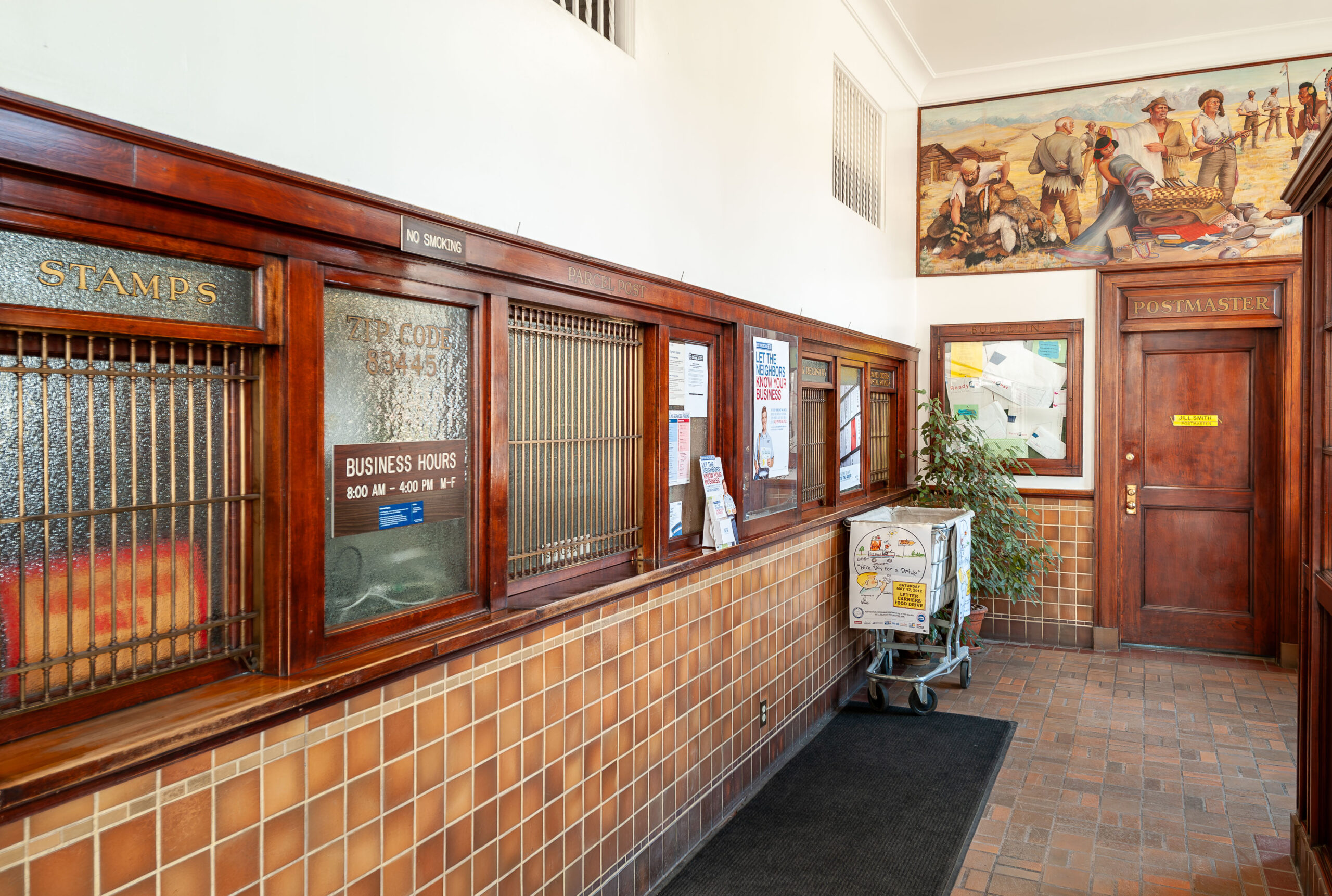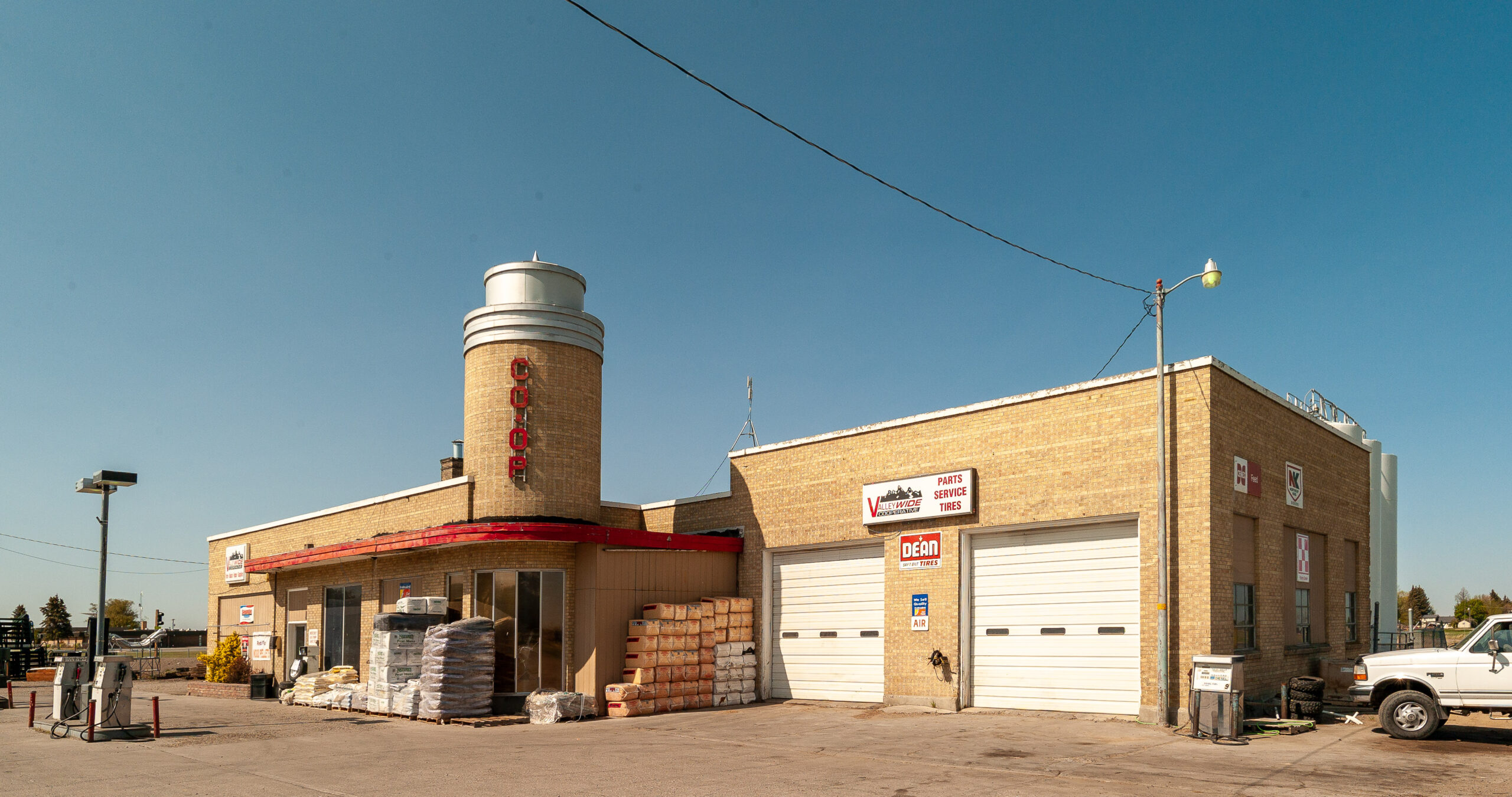This is a brief journey back in time to 2010, when I was using the Leica WATE and the “Frankenfinder” viewfinder. I was prompted to dig into the articles in January this year when Jörg-Peter Rau wrote on Macfilos about Leica discontinuing the Leica Tri-Elmar-M 1:4/16-18-21 ASPH, commonly known as the WATE (Wide-Angle Tri-Elmar). He asked Macfilos readers to share their results with the lens.
MATEs and WATEs
Once upon a time, there were two Tri-Elmars, the wide-angle WATE and the longer MATE (medium-angle Tri-Elmar) which similarly offered three focal lengths, but in this case, they were 28, 35 and 50mm. They represented a valiant attempt by Leica to meet the demand for zoom lenses in a way that was compatible with the peculiar requirements of the traditional rangefinder frame lines.
In practice, both lenses were zooms. The MATE’s fixed steps corresponded with the frame lines of Leica rangefinder (except the M3, which had no 35mm frame). Although relatively big for an M lens, the WATE proved to be the most popular of the two, as evidenced by its continued production up to 2024. The MATE bit the dust in 2007 after only nine years in production. It was said at the time that it was too expensive to make continued production worthwhile.
Despite this, the WATE — the subject of this discussion — had arrived a year before in 2006 and the costs of production did not seem to be a barrier to its near 20-year shelf life.
WATE: Framelines absent
Unlike the MATE, which was constrained by the internal 28, 35, 50mm framelines, the WATE had no such restrictions because the rangefinder has never sported wide-angle framelines of 16, 18 and 21. The only way to use a WATE is to mount an external viewfinder, latterly the Visoflex EVF being the tool of choice for owners.
Back in the pre-digital and pre-CMOS days, however, there was no EVF option and prospective purchasers of the WATE were faced with the need for three viewfinders and frequent swapping. This was unacceptable, of course, and Leica took a radical step. The Leica Universal Wide-Angle Viewfinder made its debut in 2007 to accommodate the new Leica Wide-Angle Tri-Elmar viewfinder.
Frankenfinder
This rather monstrous device soon became known as the Frankenfinder, and it was even sold in kit form with the Wide-Angle Tri-Elmar.
It’s now more convenient to use an EVF in the rangefinder hot-shoe, but many Leica owners still have the Frankenfinder lurking in a corner of the laboratory. Jason Schneider, writing for the Leica Society International, once described the monster as “a magnificent, exorbitantly priced klutz”.
Nevertheless, enthused by Jörg-Peter’s eulogy for the departed three-focal-length M lens, I searched in Adobe Lightroom for photos taken with the WATE.
The four that I liked best were taken with an M8, and a Leica Universal Wide-angle Viewfinder for M System, commonly known as the Frankenfinder. Jörg-Peter wrote about the Frankenfinder and other Leica viewfinders in a popular M-Files series article.
The M8 didn’t have live-view capability. And, because the Kodak APS-H sensor for the M8 had a 1.33 crop factor, the WATE focal lengths became 21-24-28. Thus, the older, less expensive, and by far less advanced, Japan-made 21/24/28 viewfinder (12013) was an alternative to the Frankenfinder. I, however, went for the Frankenfinder. My four photos were taken at the widest-available 21mm focal length.
Why WATE?
I chose the WATE for these photos because it was the best lens for what I was seeing. My second-widest lens, a 35mm Summicron, wouldn’t have been wide enough for any of the photos. With the 1.33 crop factor mentioned above, the 35mm would have given me a 50mm field of view. Setting the WATE at 16mm gave me a 21mm field of view.
Union Pacific
An operating steam locomotive is a rare sight. I knew several days before when the Union Pacific Railroad locomotive and passenger cars for The Denver Post special train would be returning to Denver from the Cheyenne (Wyoming) Frontier Days rodeo. Union Pacific discontinued the Frontier Days train in 2019.
The day before, I drove along the two-lane highway next to the railroad line, scouting locations that would give me good light and an interesting view of both the black locomotive and the yellow passenger cars. The grade crossing at Peckham, Colorado, met my light and view requirements while keeping me a safe distance back from the fast-moving train.
The Union Pacific Railroad Steam Program operates and maintains two steam locomotives in Cheyenne. The 844 in the photo is a class FEF03 4-8-4 Northern type. American Locomotive Company built it in December 1944.
The other locomotive, 4014, commonly called “Big Boy” because of its size, is a class 4884-1, 4-8-8-4 wheel configuration built by the American Locomotive Company in November 1941. Union Pacific uses 4014 for marketing, client events, and tours of the railroad’s system so that employees can see it.
Small-town Idaho
I have always enjoyed being out with a camera on Sunday mornings in small towns when the streets are quiet with little to no vehicle traffic. While on a visit with my parents in Idaho Falls, Idaho, I went to nearby St. Anthony, Idaho, one Sunday morning.
The storefronts with operating business caught my eye. So many small towns now have only vacant storefronts. St. Anthony’s population was about 3,500, according to the 2010 census.
Post Office murals
The WATE was the only way to show the small, narrow lobby of the United States Post Office in St. Anthony, Idaho. The interior appears to be original from when the post office was built in 1938. I wanted to show the dark wood, gold lettering, bars on the windows, and the mural above the door to the postmaster’s lair.
The mural, titled “The Fur Traders,” was painted as part of the late 1930s Treasury Relief Art Project to put murals in post offices. The project is not be confused with Works Progress Administration programs from the same period.
The tower of Menan
The tower over the Menan (Idaho) Co-op looks like it belongs on a big-city gas station from the 1930s. The building shows bits of the Streamline Moderne style of Art Deco architecture. I was surprised when I saw it because it looked out of place, surrounded by potato and farm fields. I’m glad I photographed it.
An internet search showed it was replaced by a larger building and many more fuel pumps. I couldn’t find any information about when the replacement occurred. Menan, population 714 in the 2020 census, is a wide spot in the road that isn’t near any other town. As I was photographing the building, a resident saw the Colorado licence plate on my car and asked if I was lost. I assured him that I wasn’t.
Fifteen years on
The WATE is still in use. However, I sold the M8 and bought an M Typ 240 and an M-P Typ 240 Safari. And, of course, I will use my single-stroke Leica M3.
The Frankenfinder rests in an accessories bag. I haven’t used it in a long time.
More reading
| Locomotive Pacific 4014 | Locomotive Pacific 844 |
| United States Post Office murals | New Deal Post Office murals |
Make a donation to help with our running costs
Did you know that Macfilos is run by five photography enthusiasts based in the UK, USA and Europe? We cover all the substantial costs of running the site, and we do not carry advertising because it spoils readers’ enjoyment. Every amount, however small, will be appreciated, and we will write to acknowledge your generosity.

